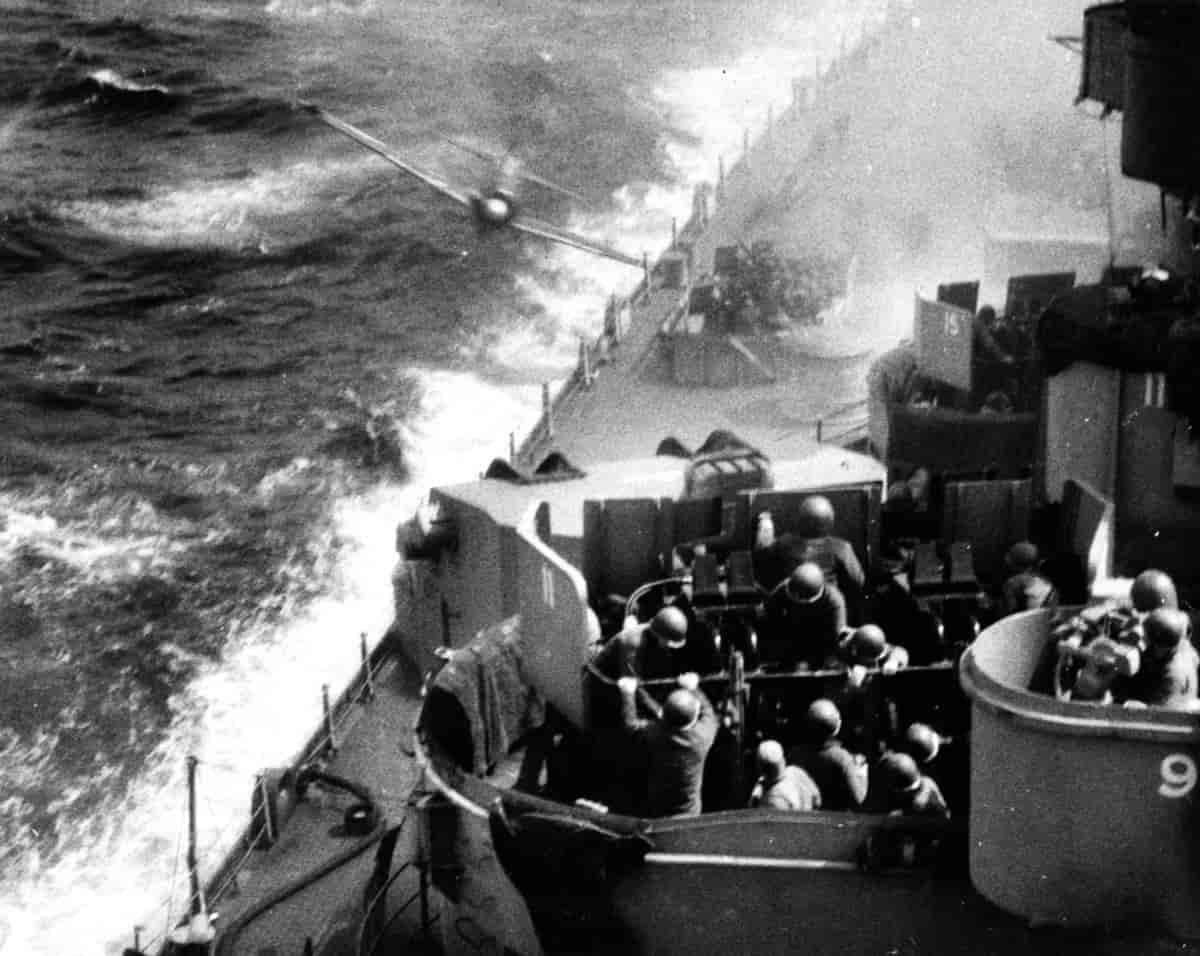During World War II Japan faced mounting losses and despair as Allied forces approached the home islands. In a last-ditch attempt to turn the tide of the war, the Japanese military pursued a strategy of suicidal attacks by pilots that became known as kamikaze waves. These attacks caused considerable damage and casualties among Allied ships and crews, but ultimately proved to be a futile and tragic strategy.
The Origins of the Kamikaze Waves
The term “kamikaze” literally means “divine wind” in Japanese and refers to a legend in which a typhoon destroyed a Mongol invasion fleet in the 13th century. The idea of using suicide bombings in warfare was not new to Japan, which had used similar tactics in the Sino-Japanese War and the Russo-Japanese War. However, the organized and widespread use of kamikaze waves as a military strategy began in October 1944, when the Japanese military established the Special Attack Units.
The implementation of kamikaze attacks
Kamikaze pilots usually flew their explosives-laden aircraft into Allied ships to inflict as much damage as possible. These attacks were often successful and resulted in the sinking or heavy damage of enemy ships, but at a high cost to the Japanese. It is estimated that about 4,000 kamikaze pilots died during the war. In addition to human casualties, Japan also faced a shortage of aircraft and trained pilots, making the use of kamikaze waves a costly and unsustainable strategy.
The Effects of Kamikaze Attacks
The kamikaze attacks had a significant psychological impact on Allied soldiers, who faced the prospect of being attacked by suicide bombers. The attacks also had a practical impact on the war effort by disrupting the operations of Allied ships and causing delays in the advance on Japan. However, the overall effect of the kamikaze waves on the outcome of the war was minimal, as Japan already expected defeat and the use of these tactics did not change the course of the conflict.
Conclusion
The kamikaze waves of World War II are a tragic and poignant reminder of the desperation and hopelessness Japan felt in the final years of the war. Although these suicidal attacks inflicted significant loss of life and damage on Allied forces, they ultimately proved to be a futile strategy that did not change the outcome of the conflict.

